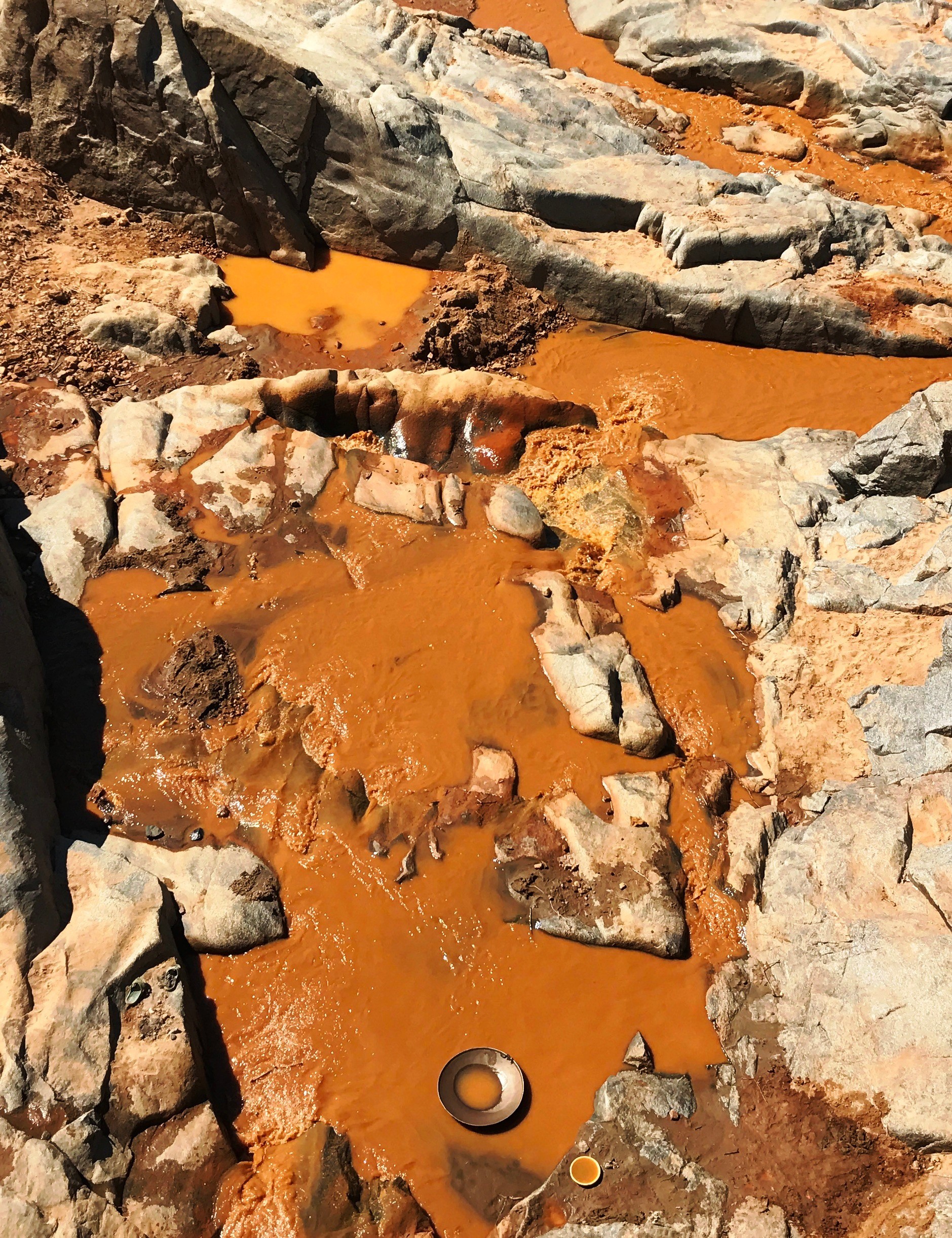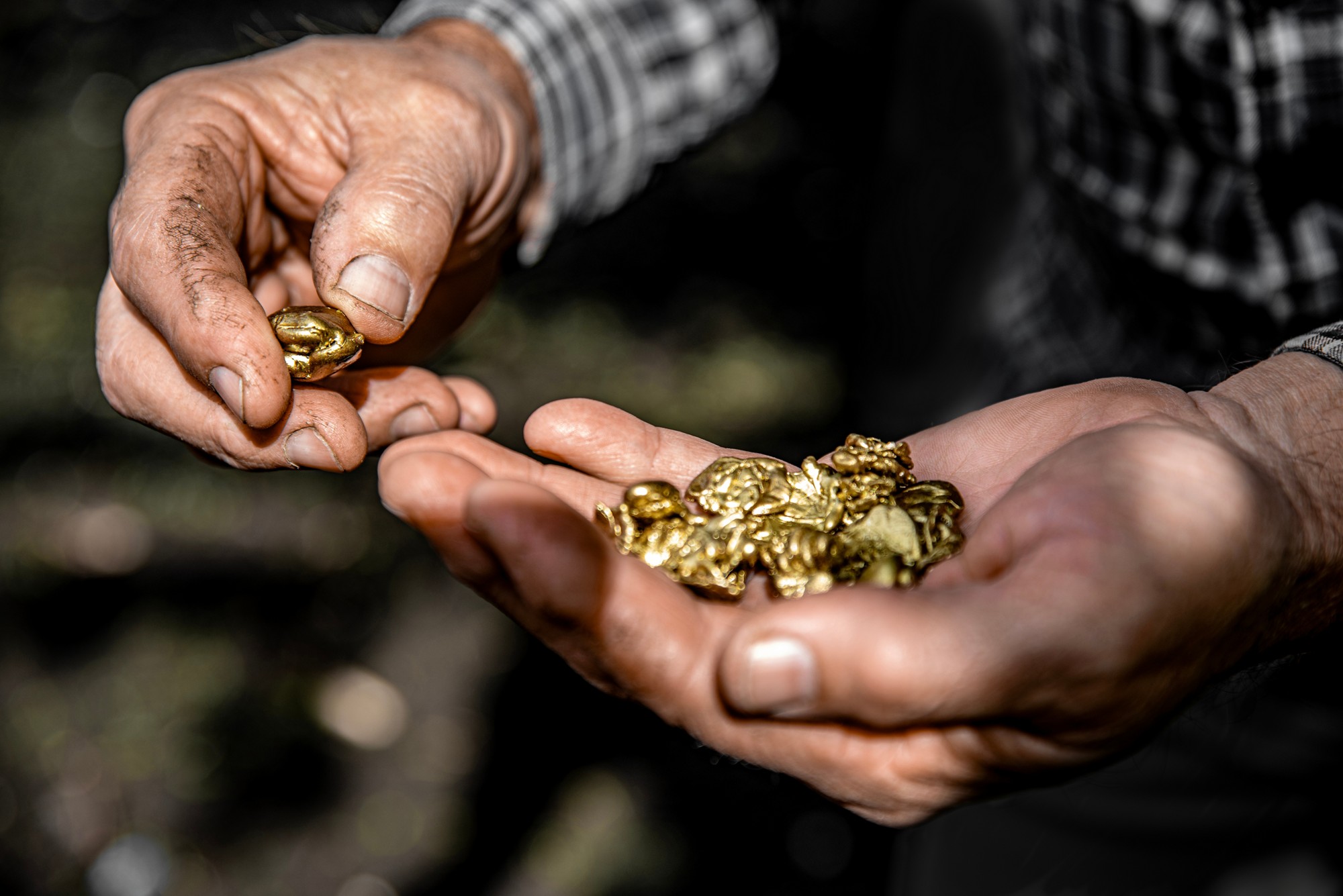Artisanal and small-scale gold mining (ASGM) is a vital livelihood for millions but remains a major source of mercury pollution, environmental degradation, and social risks. Since 2002, GEF has invested heavily in ASGM interventions, with support expanding significantly after the Minamata Convention on Mercury. This evaluation assesses the relevance, effectiveness, and sustainability of these interventions and reviews the design of the planetGOLD Programme.
Completed GEF projects had success in reducing mercury use from ASGM in project areas; there was some progress in formalization.


Evaluation overview
- Completed projects reduced mercury use and advanced steps toward miner formalization through associations and policies, but progress varied and often required continued government action.
- GEF projects faced challenges sustaining outcomes after completion, including weak enforcement of mercury bans, limited training and spare parts for nonmercury technologies, and insufficient long-term monitoring.
- The report recommends expanding policy support for formalization, integrating ASGM with other focal areas, strengthening health linkages, and improving global knowledge sharing through the planetGOLD platform.
Methodology
The evaluation draws on portfolio review, geospatial analysis, interviews, focus groups, and case studies in Burkina Faso–Senegal, Ecuador–Peru, and the Philippines.

